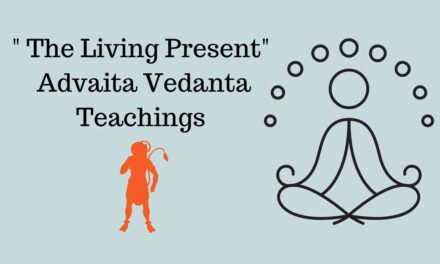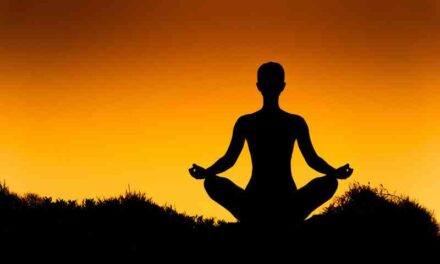In this dialogue between a spiritual master and a questioner, the master speaks about his world and its distinctions from the world of the questioner. The master’s world is characterized by perfect weather, a lack of worries and regrets, and a mind free of desires. It is a world of complete and perfect unity, where there are no distinctions, and every impression is erased, and every experience is rejected. The master asserts that he is his world, and his world is himself. It is a world of eternal silence, where words and their contents have no being, and nothing changes.
The questioner is curious about what distinguishes the master’s world from his own. The master explains that his world has no characteristics by which it can be identified. It cannot be described in words or through any other means. It is a non-verbal world, and the unspoken has no existence. The master’s world is not subject to change, unlike the transient and changeful world of the questioner.
The questioner observes that the very fact of the master experiencing his own world implies duality inherent in all experience. The master agrees that this is true, but he insists that his world is beyond words and that the duality present in the questioner’s world does not exist in his world.
The master’s world is a world of unity, where there is no ruler and ruled, and no duality whatsoever. The questioner is projecting his own ideas onto the master’s world when he speaks of rulers and gods. These ideas and distinctions have no meaning in the master’s world.
The questioner notes that the master has a name and shape, and displays consciousness and activity. The master explains that this is only an appearance in the questioner’s world. In his own world, he has only being, and nothing else. The master is completely without ideas and is rich only in his being.
The questioner expresses his dissatisfaction with the disturbances, distress, and despair that characterize his world. He contrasts his situation with that of the master, who seems to be living on some hidden income, while the questioner must slave for a living. The master advises the questioner to examine his world critically and see it as it is, rather than as he imagines it to be.
Discrimination will lead to detachment, detachment will ensure the right action and the right action will build the inner bridge to the questioner’s real being. Action is proof of earnestness, and if the questioner does what he is told diligently and faithfully, all obstacles will dissolve.
The questioner asks if the master is happy. The master replies that in the questioner’s world, he would be most miserable. The routine of waking up, eating, talking, and sleeping seems like a bother to him. The questioner wonders if the master wants to live at all.
The master dismisses the question, stating that the words “to live” and “to die” are meaningless. When the questioner sees him alive, he is dead. When the questioner thinks he is dead, he is alive. The master advises the questioner to stop thinking in terms of life and death and to stop being muddled.
The questioner is taken aback by the master’s indifference to the sorrows of the world. The master explains that he is quite conscious of the questioner’s troubles, but there is nothing that needs doing. The troubles come and go. The difficulty may be physical, emotional, or mental, but it is always individual. Large-scale calamities are the sum of numberless individual destinies and take time to settle. The master notes that death is never a calamity, even when a man is killed. The calamity is of the killer.





